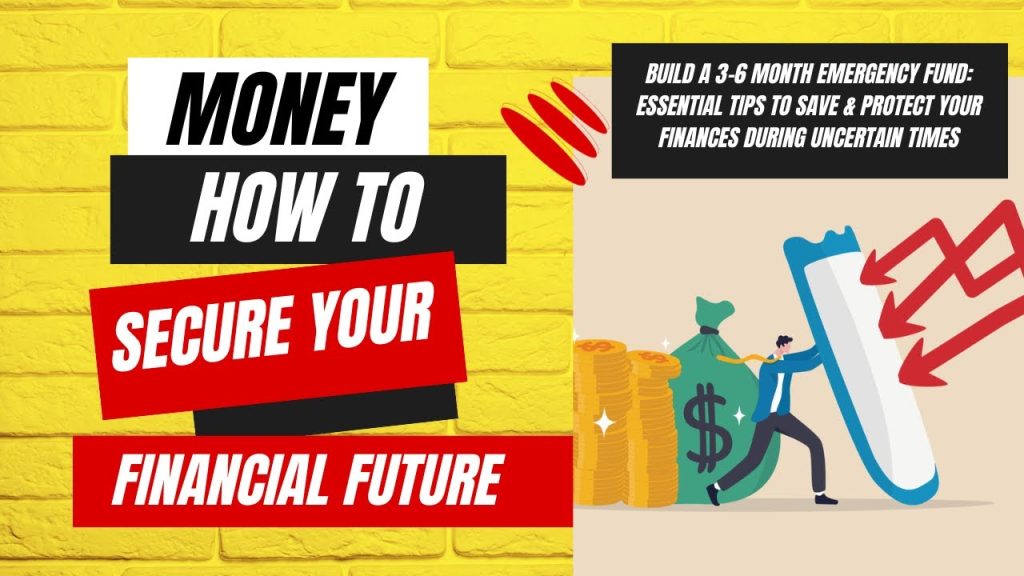Earlier this month, Elon Musk—the richest man in the world—wrote on X (formerly Twitter): “AI is already better than most doctors. That’s the honest truth. And it will become far better. Same for all jobs tbh, including mine.”
If someone at the top of the global wealth ladder openly admits that jobs—yes, even his own—are vulnerable, it’s a signal worth paying attention to. The reality is that we live in an uncertain job market. Across industries, from IT to manufacturing to media, thousands of employees have faced sudden layoffs in the past year alone. Global companies with decades of dominance have trimmed their workforces overnight, leaving even high-performing employees without a paycheck.
This doesn’t mean we need to panic. But it does mean we need to prepare. And the most practical way to prepare is by creating a financial buffer—an emergency fund. This isn’t just a pile of money sitting idle; it’s a safety net that buys you time. Time to recover, rethink, and rebuild.
In this blog, let’s explore how to build a 3-month emergency fund without feeling like you’re depriving yourself.
Why an Emergency Fund Matters More Than Ever
Think of an emergency fund as your personal insurance against uncertainty. It doesn’t just protect against medical emergencies or unexpected car repairs. It protects against the loss of your most important income stream: your salary.
A well-built fund helps you:
- Pay essential bills without borrowing.
- Avoid dipping into long-term investments like retirement accounts.
Experts recommend a minimum of three months of essential expenses. Some go as far as six months, but three is a strong starting point. It covers your basics long enough to find another income source or steady yourself after a disruption.
Step 1: Calculate Your Essentials
The first step is clarity. Many people get discouraged because they think building an emergency fund means replicating their entire lifestyle. It doesn’t.
An emergency fund should cover must-haves, not luxuries. Here’s how to break it down:
- Housing: Rent or home loan EMI.
- Utilities: Electricity, water, internet, phone.
- Groceries: Basic food supplies.
- Transport: Fuel or public transport costs.
- Insurance & EMIs: Health, life, and loan commitments.
Exclude the extras—dining out, shopping, streaming subscriptions, travel. This is about survival, not comfort.
Step 2: Automate and Simplify Saving
The best way to build a fund without “feeling broke” is to automate it so you don’t have to think about it.
- Recurring deposits (RDs): Automate a fixed transfer from your salary account.
- Separate account: Open a new savings account online and name it something like “Safety Net” or “Peace Fund.” Naming makes it real.
- UPI autopay: Set a weekly auto-transfer for smaller amounts if a lump sum feels hard.
Automation makes saving invisible—money moves before you can miss it.
Step 3: Build Without Sacrifice
A common worry is: “If I save this much, I’ll have to cut back on everything.” Not true. It’s about smart redirection, not deprivation.
Here are practical hacks:
- Cut one, keep one: If you have three subscriptions, pause one and redirect that money.
- Swap habits: Two fewer food deliveries a week can save ₹800–₹1,000, which adds up to ₹4,000 a month.
- Windfalls count: Bonuses, tax refunds, or festival gifts channel them into your fund instead of splurging.
- Side hustles: Freelance gigs, weekend projects, or even selling unused items online can funnel “extra” money straight into the fund.
When you link the act of saving to clear milestones, it feels less like cutting back and more like building forward.
Step 4: Park It in the Right Place
Where you keep your emergency fund is as important as building it. The money should be safe, liquid, and separate from your regular expenses.
- High-interest savings accounts: Easy access + some interest.
- Flexi-fixed deposits: Linked to your savings account, but with better returns.
- Liquid mutual funds: Low-risk, redeemable within 24–48 hours.
Avoid stocks, real estate, or crypto, as these are volatile and not meant for emergencies.
Step 5: Go Beyond the 3-Month Rule
Once you achieve three months, don’t stop. The next target should be six months. You can begin investing for long-term goals like retirement or education.
But remember: the first 3 months’ fund is the hardest and the most crucial. Once you cross it, you’ll not only feel safer but also feel empowered.
Final Thoughts
We can’t control global layoffs, industry slowdowns, or technological disruption. What we can control is our preparation.
Building a 3-month emergency fund won’t guarantee that life will always be smooth, but it will guarantee that you have time, time to find your footing, time to explore options, and time to breathe.
In a world where jobs can vanish overnight, peace of mind is priceless. And an emergency fund is the cheapest way to buy it.







